Introduction
To be able to act in a dangerous situation is important, just as having a survival bag full of quality gear can be. There are, of course, survivalists, preppers, and homesteaders who could survive mere basics or simple camping tools. In other words, when properly used, even simple items can be utilized to maximize survival chances. Never forget about the importance of survival food and water and the rules to store them properly. And sometimes, it is vital if you can extract useful and nutritious stuff from your surroundings! Read on to learn more!
To the point
You might be surprised with the theme of this article, as it is not as widespread to tap trees. However, tree tapping goes way back into our past, with tribes teaching the colonists on tree tapping, together with this practice’s existence in other nationalities, such as Russia and China, who used birch sap.
You may ask why, and in this article, we will answer your question, but in general, these saps have many benefits for a person.
And who knows, maybe you have the right tree for tapping just in your backyard? Let us show you what kinds of trees are suitable for making your own maple syrup and tell you a bit more about them.
We will mostly focus on Acer maples and birches, but others might also work for your own use, such as Norway maples.
Tapping Maple Trees
Many of us already know this delicious topping – maple syrup. And not only is it yummy, but it also is full of different vitamins and minerals, as well as an ability to heal. Moreover, many of us might want to turn to this type of tooth sweetener, as it is natural and not as chemical and bad for your health and blood, in particular.
When to tap a maple tree?
Well, this depends on your region, which is quite logical. But in general, the best period for tapping and maple sugaring your first tree is around the beginning of an early spring, which is February or March, when the daytime temperatures are above freezing and the night ones – below.
In this period, our sap flows, as this rising temperature creates pressure inside the tree.
Most people think that there is a very short list of maple trees suitable for getting a real maple syrup, but this is actually not true: any of the Acer species is an excellent source for tapping maple trees, and their amount is above 100. Just look for the ones with a big crown, as they are known to give more sap, in comparison with others.
Also, remember to tap only those that have 12 inches or more of tree diameter. And do not worry about covering the holes. This tree is capable of healing itself. Simply drill a hole, tap the spile with a rubber mallet, and collect sap.
Of course, sugar concentration will differ from one tree to another, and we here give you a list of seven types of trees for making maple syrup in North America.
Types of maples
1 – Sugar Maples (hard maple)
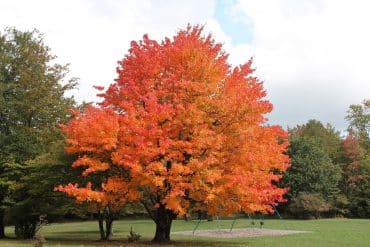
Others are also great, such as Norway maple, but this one is for you if you are looking for the highest sugar syrup!
You can recognize this maple tree very easily, as it can grow as high as 110 feet and have very bright orange/yellow/red leaves in the fall. Sugar maples are quite spacy, which is why their shadow area is pretty big.
When deciding to grow a sugar maple tree, remember that it thrives best in the acidic/a bit alkaline ground and is not a very big fan of too dry or wetlands.
This type of maple tree was widely used for a long time before us, where the maple syrup was the usual sweet dessert, and Native Americans used its cortex to make a tea that helps with cough and stomachaches.
Where do they typically grow? In southeastern Canada and the northeastern USA.
2 – Black Maples
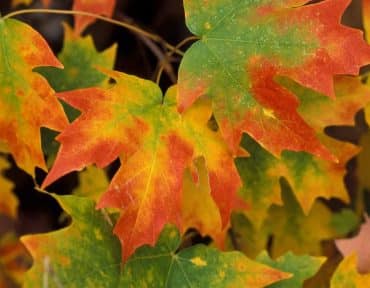
You can differentiate them by remembering that sugar maple has three lobes’ leaves, while black maple – five. Their syrup taste just the same.
Where to find them? States situated around Great Lakes.
3- Red Maples
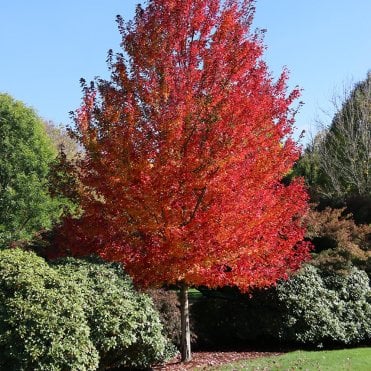
And according to its name, you can notice and differentiate this maple tree from others by its red fall coloring. Red maple is not as widely used from tree tapping as the previous types because it has a shorter harvesting season.
However, its taste is just the same: 1.5-2 percent sugar level compared to 2-25 percent of sugar maples.
When to harvest? Remember that red maple is a bit earlier bird than other trees: their buds start to come up earlier and spring, and after they are grown, the sap starts to bitter up. So be careful with them when tapping.
4 – Canyon Maple
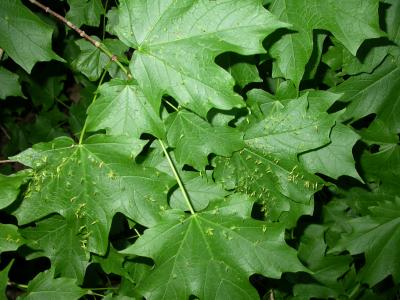
5 – Boxelder Maple
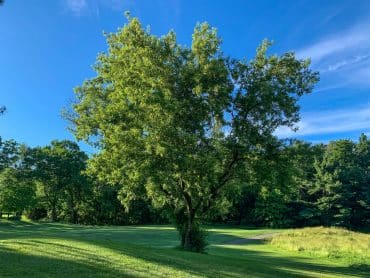
Boxelder is another type of fast-growing tree, which is not the best one for growing somewhere in your backyard, as its branches are very easy to broke. Moreover, its female representatives have the trouble of attracting some boxelder bugs during the winter season.
But despite these facts, they are still useful for creating maple syrup, as it usually grows around some water and is capable of a very easy sprout process.
It has a little smaller amount of sugar, but it can still make a gallon of maple syrup from 60 gallons of its sap.
6 – Silver Maples

Silver maples are very fast-growing ones, and their sap is much thinner and less sugary in its compositions.
Together with red maples, they have a smaller tapping season, with the same process of bittering up after the buds have appeared. It would be a great idea to tap a maple tree of this kind somewhere in February, but of course, depending on your regions’ weather conditions.
7 – Big Leaf Maples
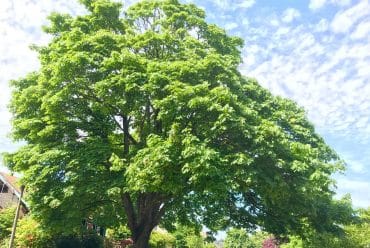
Because of its unusually warm locations, this tree is not as widespread for tapping as it might have been. However, it is still good enough for making syrup.
Despite its lower sugar content, the right weather conditions will create a decent source for tapping.
Tapping Birch Trees
This type of tapping might be less familiar to you and sound somewhat crazy. However, do not jump to conclusions so fast, as birches have been tapping trees for many other countries, including Sweden, Norway, and Russia. It also becomes more popular in the States.
Pros of birch syrup
Birch syrup is quite nutritious and healthy, as it has a lot of:
- vitamins and minerals,
- antioxidants,
- amino acids,
- protein, etc.
Some people even believe that this magical birch sap is capable of helping you with making your bones stronger, as well as your stomach and skin. We are not sure that it can help with cancer, but some might even believe in that!
The taste is also quite delicious: it is a sweet water-like consistency sap that can be made into a syrup. Of course, it would not be as concentrated as the maple syrup is, but it will have a bit spicy aftertaste.
But as the fermentation process goes way longer after the syrup is made, the taste might change slightly.
When and what to tap?
As with the maple, birch trees can be harvested only once a year. However, there is a big difference in the time of this process: birch sap should be tapped somewhere around April, again, depending on your weather.
Why? Because these are changing their taste to a more bitter one when the leaves are starting to grow. And for this reason, you need to catch a period in which the birches are still without leaves and harvest their sap in one month before the term for the best birch syrup. The temperature will be approximately around 40 degrees Fahrenheit at this time.
Note that for a gallon of syrup, you will need 110 gallons of birch sweet sap, which is quite a big amount compared to maple. And this is why the cost might also be higher: around 400 dollars for a gallon.
A HINT:
- Your best choice for birch tapping would be the Betula species.
What can you do with birch sap?
You can use it:
- By itself as a syrup,
- For creating wine,
- Or beer,
- Or mead, etc.
1 – Paper Birch
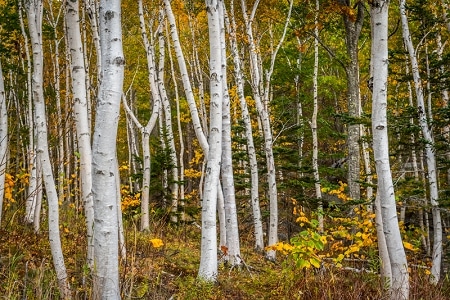
Where can it be found? Mostly it is located in Canada and the far north of the States. Interestingly, this type of birch tree will be the first one to re-rise after some crises due to its ability to reseed.
This paper birch tree has the highest level of sugar in it, which is why it would be the best choice for a syrup.
2 – Yellow Birch
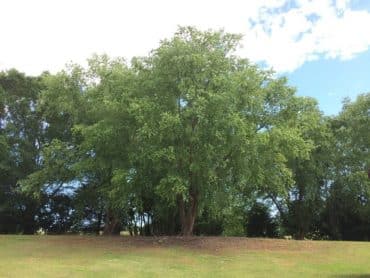
Continuing the logic of the previous birch type, this one is also unhappy with warmer climates, which is why its lifespan will be shortened in such regions.
It has such a name due to its yellow bark, and the amount of antioxidants in it is quite high, and some people use this tree’s sap and bark for medical reasons.
3 – Grey Birch
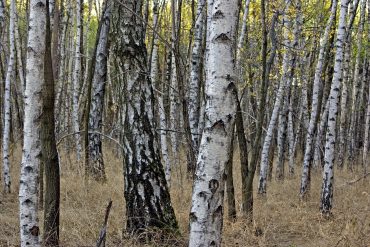
Moreover, it has more sustainability for different weather conditions, so it can basically grow anywhere in the states.
In addition, companies usually do not use this type of birch tree for sap and then syrup creation, so it might be easier to find a Grey Birch that is not dried out.
4 – Sweet Birch
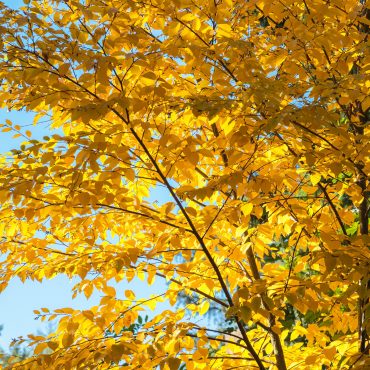
Moreover, it has a very fast flow of sap, which is basically what we need from a tree for creating a syrup.
5 – Alaskan Birch

This one has the same properties as the paper birch but for people looking for sap in more remote places.
6 – Alder Birch
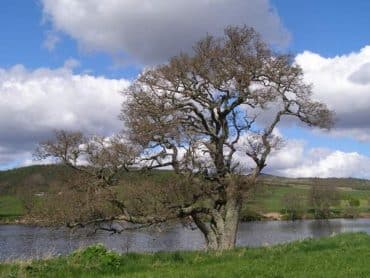
Where can it be found? The northwestern part of the States, especially the pacific ones. A good choice for those who cannot find the more usual type of birches but still want to harvest some sap and make syrups.
Your Other Possible Choices for Tapping
1 – Black Walnut Tree
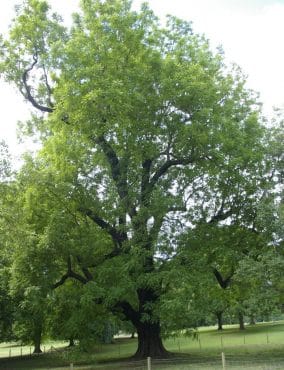
Its tapping time is somewhat similar to that of maple sap, and the amount of sap for creating a syrup is also the same (40 gallons for one).
The time the buds start to show themselves is further, which means that the tapping season is bigger. And despite how tempting this sounds, hold your conclusions, as they produce less amount of sap for one time: bigger work would be needed to be done for a syrup creation.
2 – Sycamore Tree
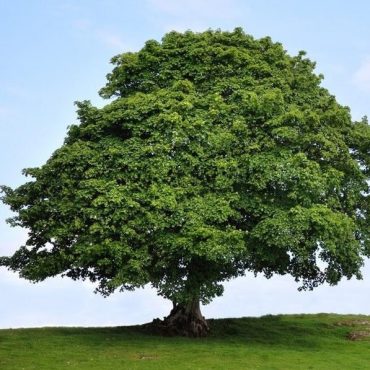
Because of its size, it would not be very wise to grow such trees in your yard, but their sap is quite tasty: some even say that it reminds them of a butterscotch flavor.
3 – Butternut/White Walnut Tree
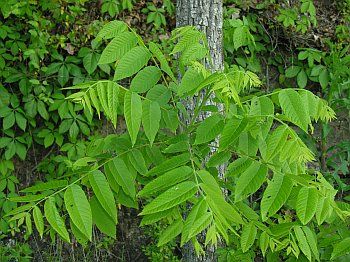
Although you might find yourself around some of these trees, please try to choose or find others, as this kind is endangered now because of different diseases.
Simple black walnut or buartnut, a hybrid of butternut and heartnut trees, would be as good as this one.
Frequently Asked Questions (FAQ)
Is it healthy to tap a maple tree?
When it is done correctly and at the right time, there is no harm to a tree: always look for the temperatures you want to tap yours. It should be above freezing in the day and above it at night, and this condition should be present for at least three days in a row.
Tap only those who have at least 12 inches in diameter. And, of course, your sap drips would depend on the weather.
When tapping for sap before the wise time, you will only end up hurting your tree, which can be compared to a human’s scar: it is not lethal but definitely will require some time to heal, which means a lesser amount of maple sap for you later.
Also, do not cut deeper than two and a half inches in, as this may already hurt the tree’s heart, which you do not want to do. And use a drilling method, with the drill bit being dependent on the size of a tube.
How long can you leave a tap in the maple tree?
If your tree is healthy and well-grown (at least 12 inches in diameter), the tap can be left for an indefinite time, as the tree is capable of healing itself and does not need your help in this process. Simply pour out all the sap that you can and need and leave your tree to heal itself. Also, always remember to drill a hole in your tree with the power drill bit depending on the size of a spile which you are using.
What happens if you tap maple trees too early?
Nothing good, we would say, but also, nothing lethal. When tapping trees too early, you are injuring your tree as if you would make a scar to a human: you will not die but will require some time to heal. And it is the same with the tree. The only big victim here would be you, as this action will most definitely reduce the amount of the future sap.
How early can you tap maple trees?
It always depends on your region and its weather conditions. Still, we would say that the average time is somewhere in the late winter/early spring (February or early March) when the nighttime temperatures are below zero and above during the day so that the best sap runs would be acquired.
Get your fingers crossed and wait until this condition would hold for three or more days in a row, and then you can easily tap your tree for sap.
Also, remember that you can create multiple taps in a single tree, and if your tree has already been tapped in the previous year, this year’s tap hole should be 6 inches away from the former tap hole. And the hole should be drilled, with the size of a sharp drill bit varying from the size of a tube in use.


